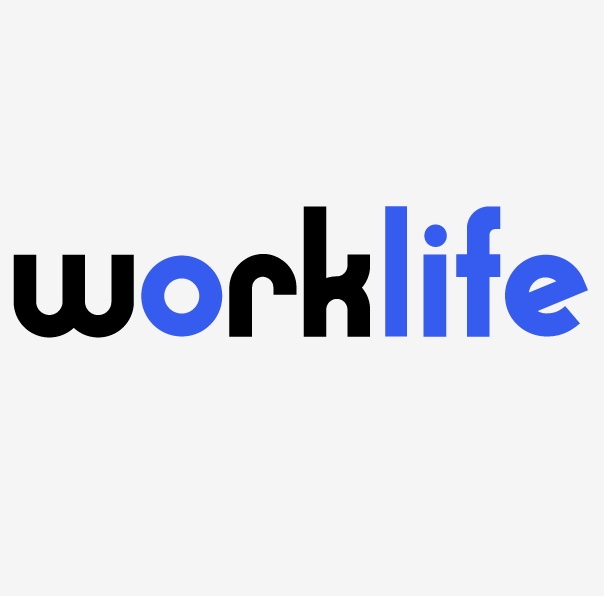One of our avid readers writes and asks:
Dear Mark and Bill:
I finally stopped sleeping in the fetal position and felt that we had beat this thing, but now Dr. Faucci says there’s an 80% increase around the country. My tummy’s all woozy again because people in my office are going on vacations all over the country and I don’t want them to bring the bug back. Is there anything we can do?
Why yes Bob, there is something you can do. As the economy continues to reopen and reclose and reopen again, you need to consider a travel policy to deal with employees whose summer plans include travel to areas where the virus is all the rage. In the last 7 days, three states alone have each seen more than 40,000 new cases: California (44,000+), Texas (45,000+) and Florida (51,000+). As of June 30, the area Governors have identified 16 hotspot states with rapid increases from which travelers to NYS and NJ are “requested” to quarantine for 14 days upon arrival.
So Bob, if an employee heads to Austin for some Texas barbeque and can’t tell if he’s breaking into a sweat from the ribs or a fever, or that dude in Sales goes on a Surfin Safari at Venice beach or on a real safari outside the U.S. (tell him to try Great Adventure drive thru…social distancing included), you don’t need to let them return to the office the day they land at EWR. Employers can implement a policy that requires employees to reveal where they’re going in advance, the means of travel, and of course when they’ll return.
If employees travel plans include the hot spots or even if they don’t, but the transportation will be by train, plane or ship, which will increase their potential exposure, you can require a quarantine upon return. You may remember way back in March (which now seems like 2 years ago), when we were all such Pandemic newbies (it’s almost embarrassing), the CDC warned about travelers returning from Asia, Italy and later the rest of Europe and nobody hesitated to impose a quarantine to keep those darn foreign germs out of here. The only difference now is that those darn germs are domestic.
So yes, we know you’re saying, leave it to Mark and Bill to find yet another way to put a damper on all this Pandemic fun. That’s why we’ve had no problem adjusting to social distancing and isolation. But we now know that many of those potential virus transmitters can work remotely. So keeping them out for 2 weeks might not harm productivity. For those who can’t work remotely, the FFCRA is still around until the end of the year, meaning that if the employee has not already used their 80 hours of paid sick leave, you can pay that employee for the 2 weeks and get every dime reimbursed from the feds through payroll tax withholdings. So Bob, consider having us get you an Interim Travel policy, that and some warm milk and your favorite blanket might help you sleep better.
New USDOL Guideline on FFCRA Childcare
Speaking of the FFCRA, last week, the USDOL woke up, remembered that remote school is out and realized it better address what the EFMLEA means for the summer. On June 26, USDOL issued a Field Assistance Bulletin, which we like to call, a FAB. The FAB clarified that an employee is entitled to 12 weeks of job protected leave under the EFMLEA if the employee cannot work or telework because of a need to care for their child whose “place of care” is closed, which includes summer camps and enrichment programs. But the FAB emphasized that the burden of proof is on the employee to provide the name of the camp or program, evidence that it’s closed and most significantly that the child….applied to or was enrolled in the summer camp or program before it closed, or if the child attended the camp or program in prior summers and was eligible to attend again.
This required nexus between the child and the camp is significant–employees cannot just provide a list of closed camps and programs and say that’s where I wanted to send junior but I can’t, so I’ll see you in September. It’s also important to remember that EFMLEA is for 12 weeks. Those employees who started that leave on April 1 when the law went into effect, would have been done on June 24 and as a result will have run out of job protection. Although the NY and NJ DOLs have made clear that employees who can’t return to work due to child care issues will remain eligible for Unemployment benefits, after EFMLEA burns off, so does the job protection. Tough words. Tough times. We can help you navigate these nuances.
Bob, on Saturday night, there may be some really loud booms outside. Don’t worry. It’s all good.
Happy Independence Day to all!










